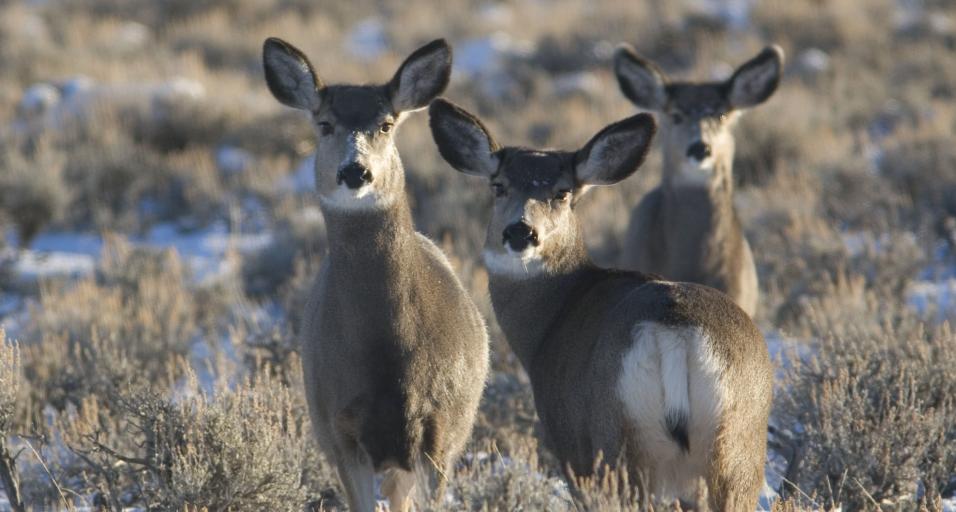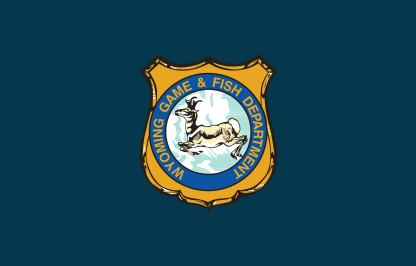The Wyoming Game and Fish Department has released the Platte Valley Mule Deer Migration Corridor Draft Biological Risk and Opportunity Assessment. The document provides an overview of the conservation challenges and opportunities along the 80 miles in south-central Wyoming that make up one of the most crucial pathways in the state for spring and fall mule deer movements. The public is invited to review the draft and submit comments.
The Platte Valley Migration Corridor has been an official corridor since 2018 and was recognized as a designated migration corridor as part of Gov. Mark Gordon’s 2020 Migration Corridor Executive Order.
“The finalized assessment will align the Platte Valley Corridor with any new migration corridor designations and provide a framework for management,” said Embere Hall, Game and Fish Laramie Region wildlife management coordinator.
The Platte Valley is home to 12,000 mule deer who move annually between the shrubby winter habitats in Carbon County to summer ranges the Snowy Range, Sierra Madre and foothills in North Park, Colorado where grasses, forbs and mountain shrubs abound The corridor includes public and private lands. The top concern for the corridor is maintaining connectivity between seasonal ranges.
“While much of the Platte Valley mule deer migration corridor consists of intact open space, human development and the associated infrastructure can impair connectivity,” said Teal Cufaude, the Saratoga Game and Fish biologist. “Game and Fish is dedicated to working collaboratively with our partners and stakeholders to minimize risks to corridor viability.”
Within the assessment lies several opportunities to benefit mule deer. One such opportunity is working together with landowners on targeted habitat projects. Better habitat, particularly food sources, can help mule deer get more of the nutrients they need to survive over winter.
“These projects range from helping reduce invasive plant species — like cheatgrass — that are low in nutrients for ungulates, to improving shrub communities, which can offer much better forage,” Hall said.
The draft assessment is available on the Game and Fish website. The public will have the opportunity to review and submit comments online. A virtual public meeting for local stakeholders will be held Dec. 8.
Comments will be accepted until Dec. 15 and will contribute to the final assessment, slated to be completed in January 2021.
Game and Fish seeks comments on draft Biological Risk and Opportunity Assessment for designated Platte Valley Mule Deer Migration Corridor
Sara DiRienzo (307-777-4540)



